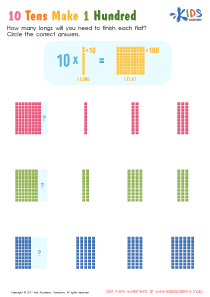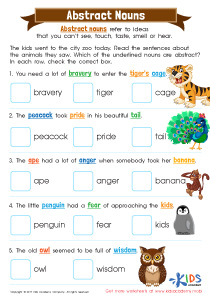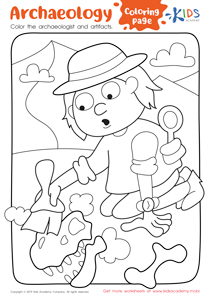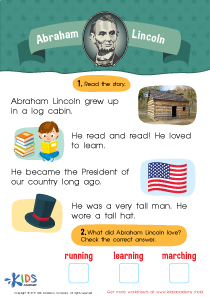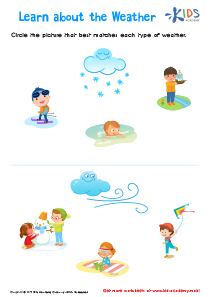Normal Building Vocabulary worksheets activities for 8-Year-Olds
1 filtered results
-
From - To
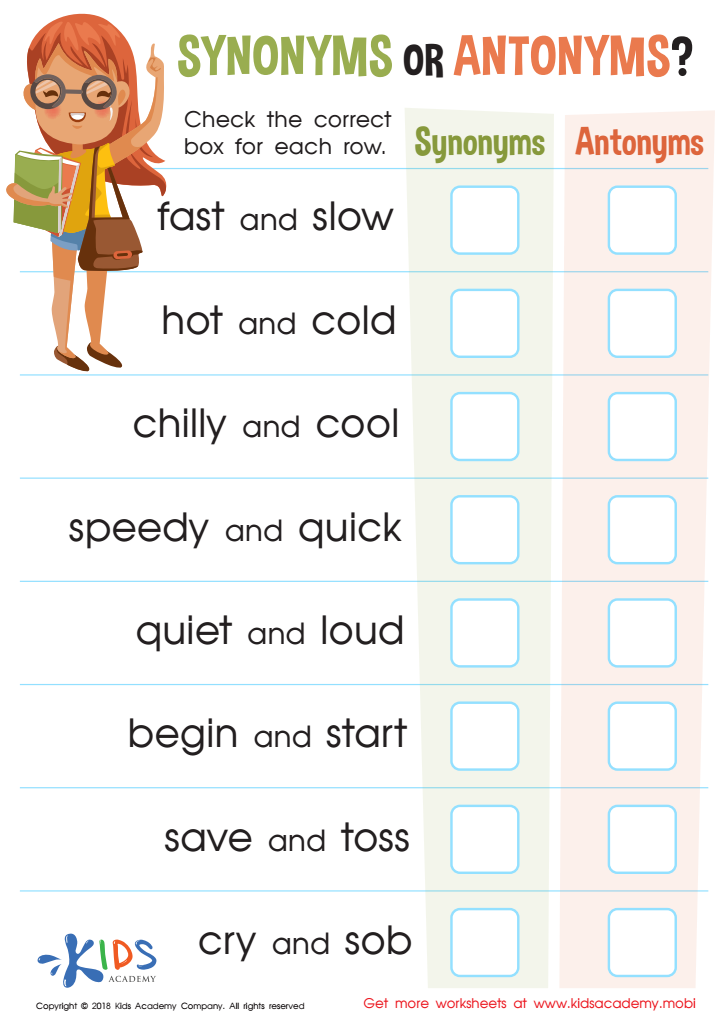

Synonyms or Antonyms: Assessment Worksheet
Normal Building Vocabulary worksheets activities are an instrumental part of learning and teaching language. These activities are designed to enhance a learner's vocabulary in a structured, engaging, and effective manner. In a world where communication is key, having a rich vocabulary is akin to possessing a toolset that can unlock numerous doors. Here are several reasons why these worksheets are so valuable.
Firstly, Normal Building Vocabulary worksheets activities offer a systematic approach to vocabulary acquisition. They are curated to introduce new words gradually and reinforce them through various exercises, ensuring that learners internalize them effectively. This methodical exposure to new vocabulary helps in retention and application, making language learning more fruitful.
Secondly, these worksheets cater to diverse learning styles. Whether a student is a visual, auditory, or kinesthetic learner, worksheets can be designed to meet their specific needs. For instance, they may include crossword puzzles, matching exercises, fill-in-the-blanks, or even picture labeling activities. This diversity not only keeps engagement levels high but also ensures that all types of learners can benefit from them.
Moreover, Normal Building Vocabulary worksheets activities are versatile and can be utilized in different settings – be it a classroom environment, a tutoring session, or self-study. This flexibility allows learners to work at their own pace, making vocabulary building a personal and self-motivated endeavor.
Additionally, these activities encompass a wide range of topics, ensuring that learners are exposed to vocabulary that is relevant and applicable to their lives, interests, and the real world. By learning words in various contexts, students can better understand their meanings and nuances, which enhances their ability to communicate more precisely and effectively.
In conclusion, Normal Building Vocabulary worksheets activities are a cornerstone of language learning. They offer a structured, diverse, flexible, and relevant approach to vocabulary building, making them an invaluable resource for anyone looking to enhance their linguistic skills.
 Assign to the classroom
Assign to the classroom




